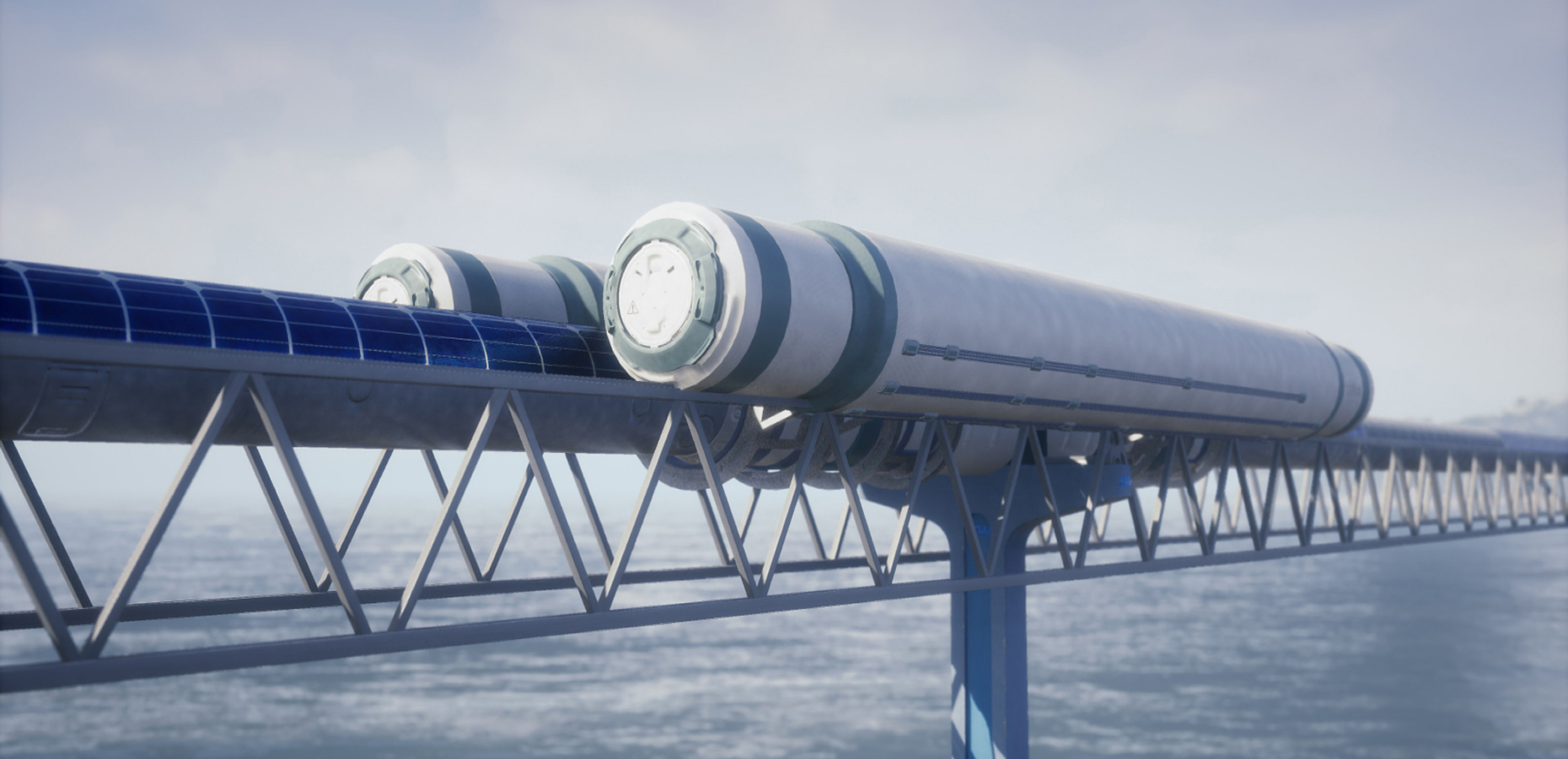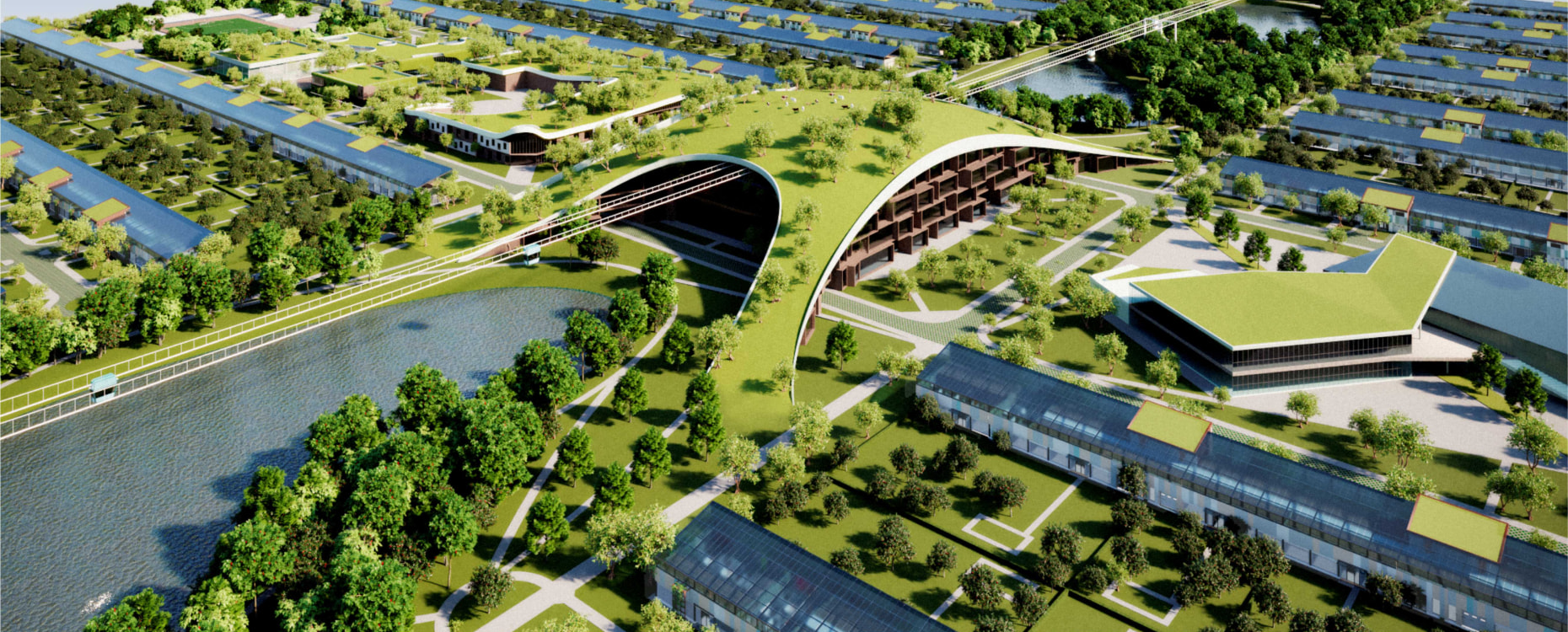Construction of the GPV launch overpass
The overpass will be built gradually. Each kilometer that’s built will pay off, as high-speed land transport UST will allow to start the active development of sparsely populated areas and new lands

The launch overpass of the General Planetary Vehicle is a take-off and landing, power, and communication hub for geocosmic transportation, located along the equator and combined with new generayion eco settlement
Learn More about GPVThe equator of our planet crosses plains, mountains and oceans.
Each deviation from the horizontal level should be considered individually
Electric recharging
Cargo loading
Take-off
Landing
Unloading
Transfer of products
Transfer of space raw materials
Transfer of solar energy accumulated in space
Maintenance and repair
Mt. Kilimanjaro in Africa
Mt. Chimborazo in South America
Speed is up to 1500 km/h
Speed is 600 km/h
Speed is up to 150 km/h
Strictly along the equator
The Earth’s equatorial plane will coincide with the plane of the GPV’s rotation. That will allow to fully use the planet’s rotation energy and thereby reduce the amount of electrical energy consumed for acceleration and launching the GPV into orbit
The GPV and the elements of the uSpaсe (factories, power stations, EcoCosmoHomes, etc.) will have non-overlapping orbits, without which it is impossible to ensure the safety of the geocosmic industry
Overall length of the route
Along the water areas
Overland
The overpass is positioned on supports if built on land, and on pontoons while installed below the water surface
The overpass will be built gradually. Each kilometer that’s built will pay off, as high-speed land transport UST will allow to start the active development of sparsely populated areas and new lands

The Earth component of the geocosmic transport communication system where the GPV launch overpass (uWay) is positioned together with infrastructure necessary to perform the GPV flights and maintain global geocosmic cargo and passengers’ transportations
The Equatorial Linear City will be created simultaneously with the overpass construction.
Such cities are the cluster settlements harmoniously fit in natural environment of the planet’s land and ocean areas that are interconnected with each other by the UST routes and located on a line along the equator
It is built along transport communications that link infrastructure clusters in a chain. This provides quick access to industrial and public facilities serving as points of attraction. Residential buildings of the Equatorial Linear City are mainly represented by cottage developments, that allow to reduce population density and increase the level and quality of human life.
The basis of the project is the technology that will form the basis of Linear cities
Learn more
Humanity has resources to implement this ambitious project.
The construction of the GPV and the overpass along the equator will require about 100 million tons of metal (today the same amount of steel is smelted on the planet in less than 3 weeks) and about 10 million m³ of reinforced concrete (about the same amount of concrete was poured during the building of Sayano-Shushenskaya Dam alone)
